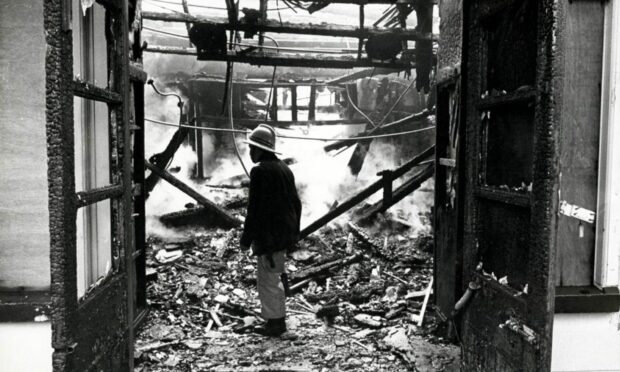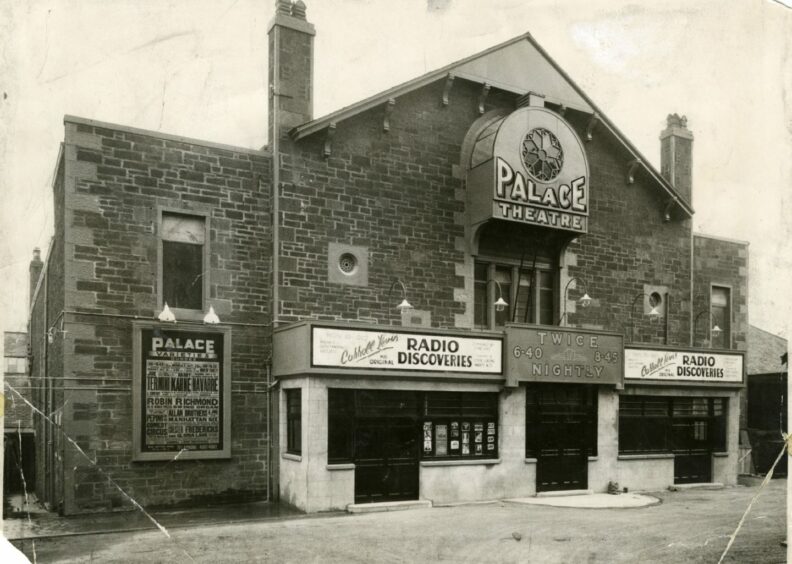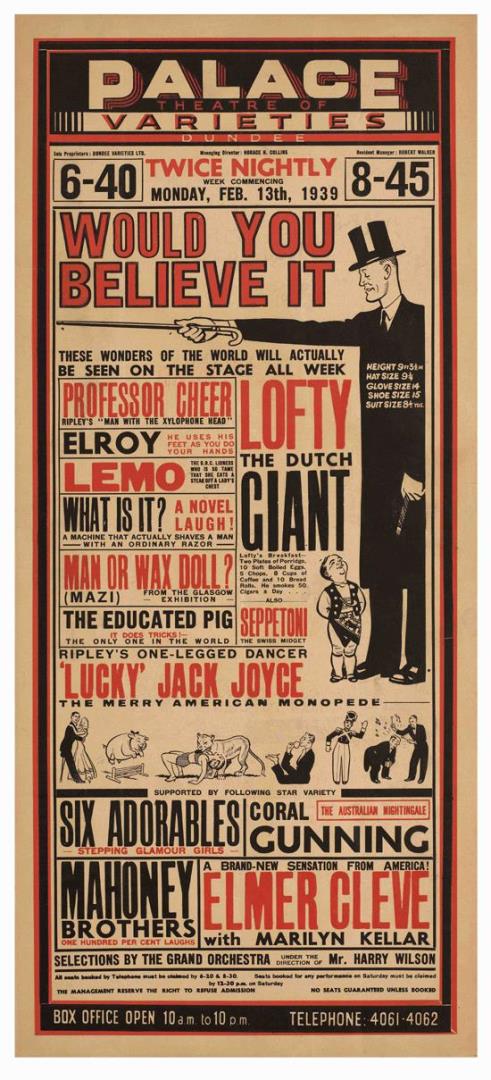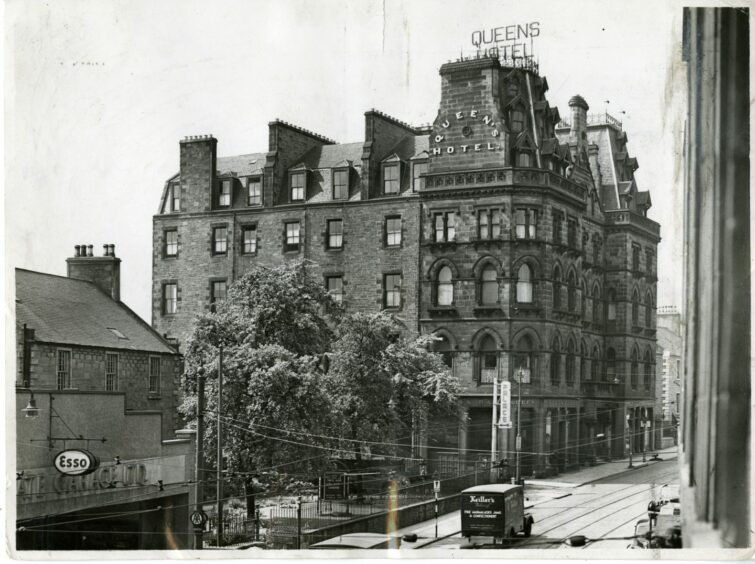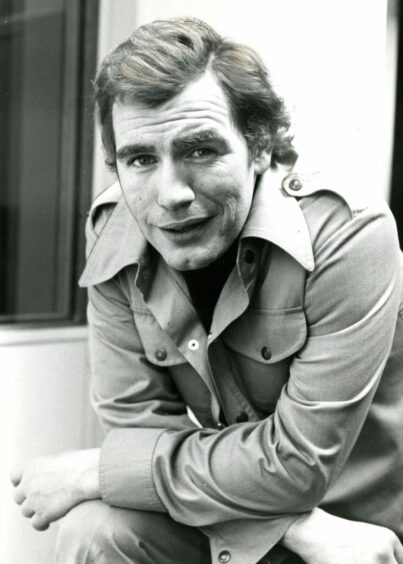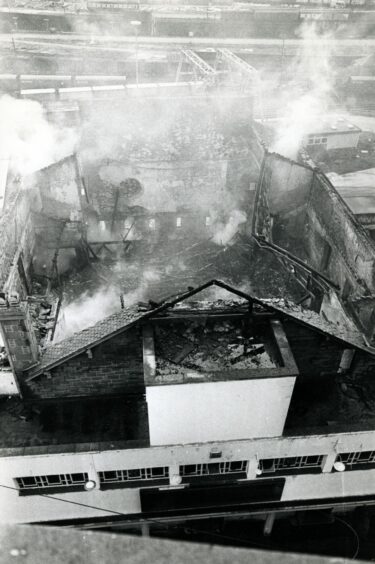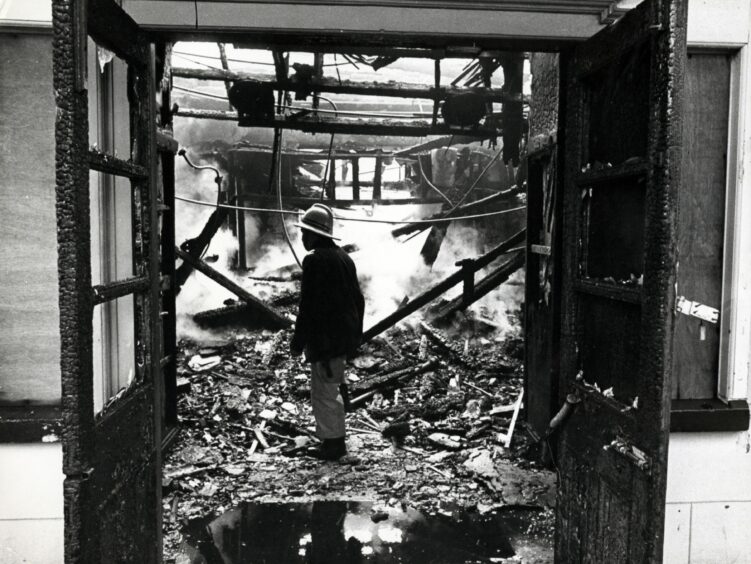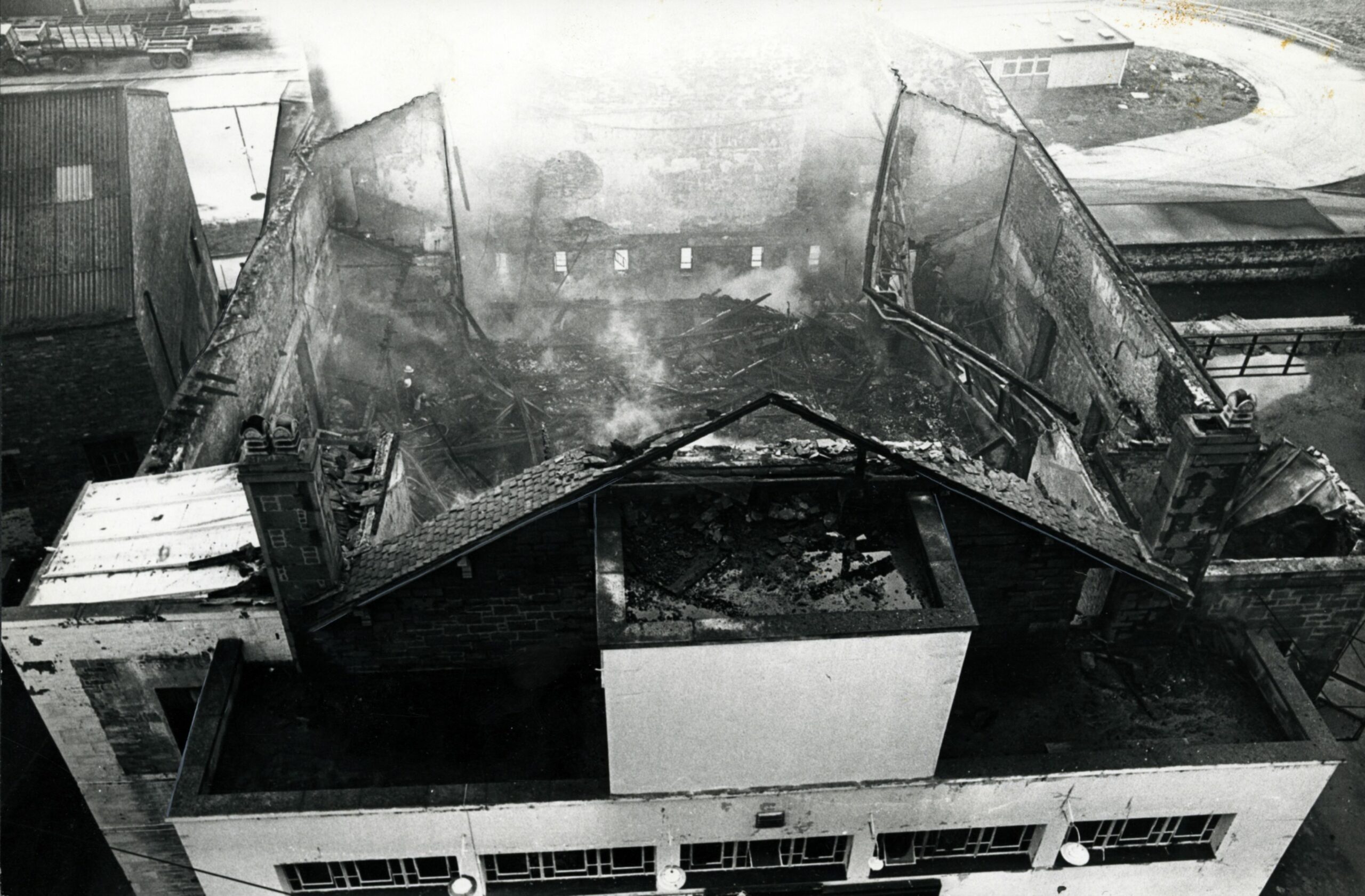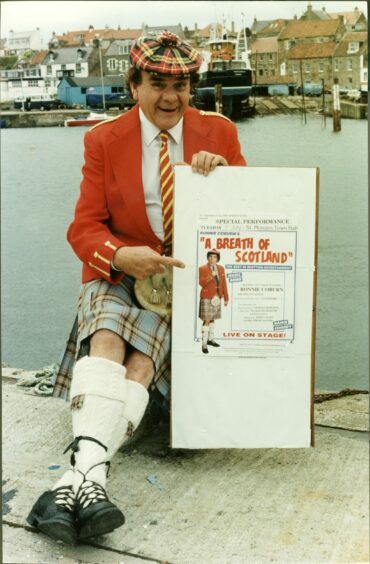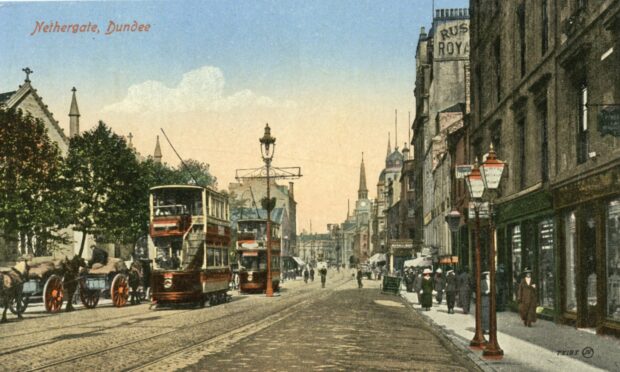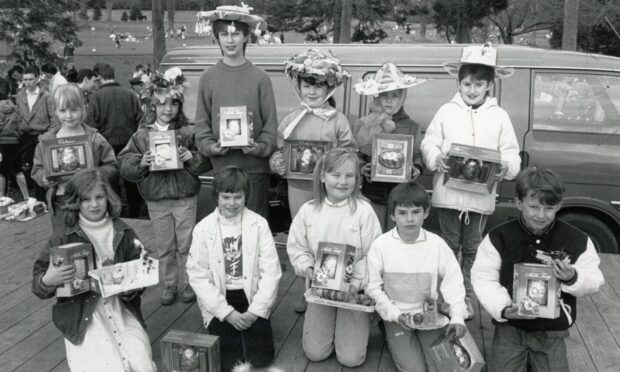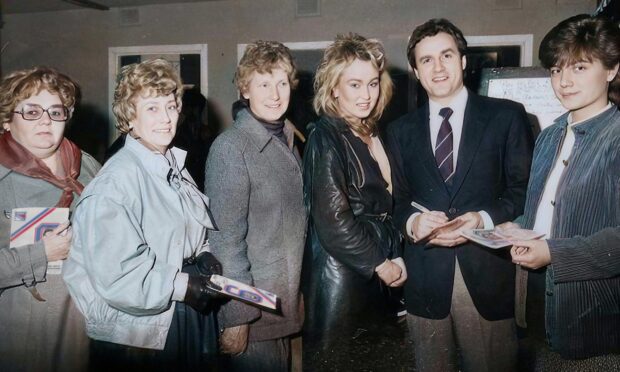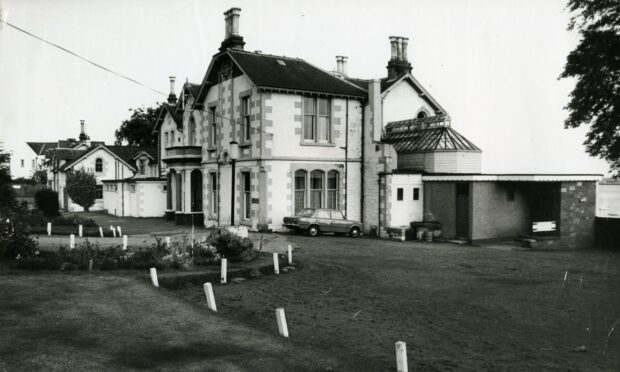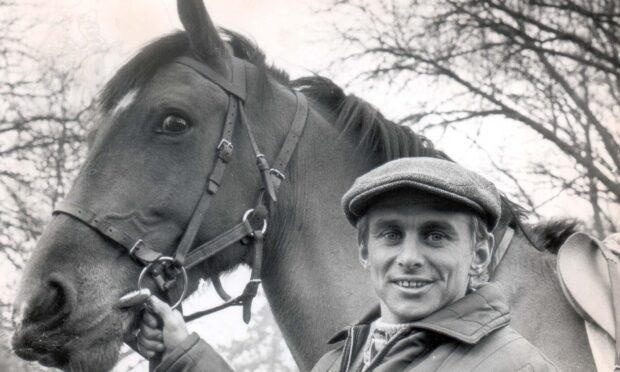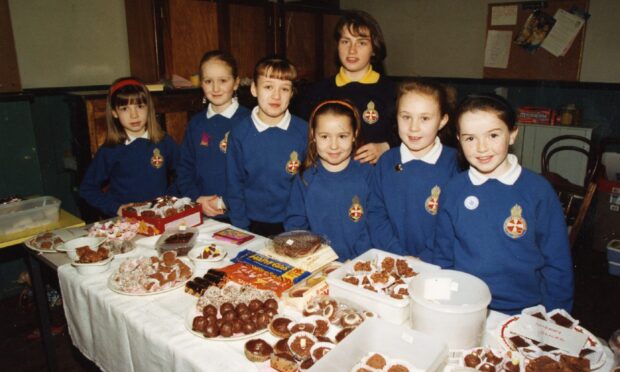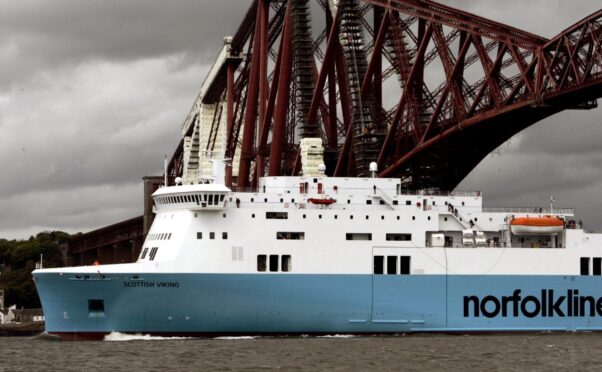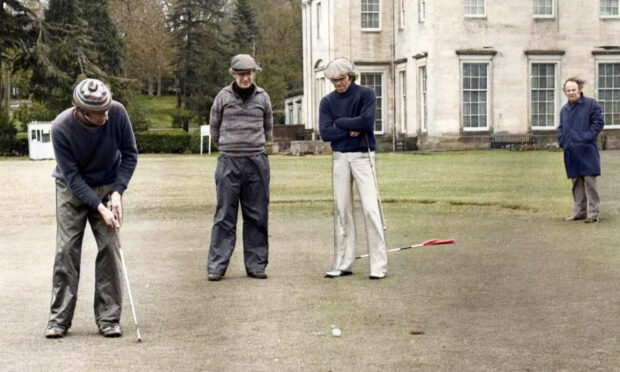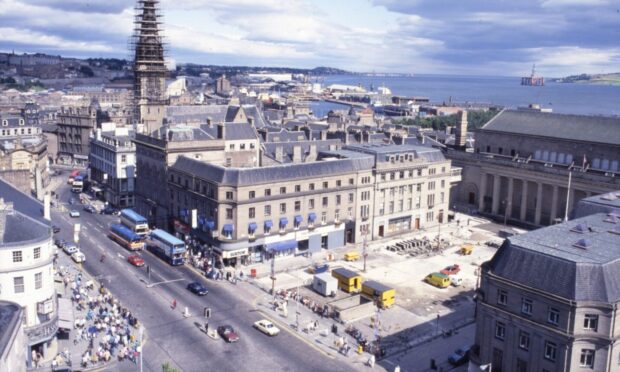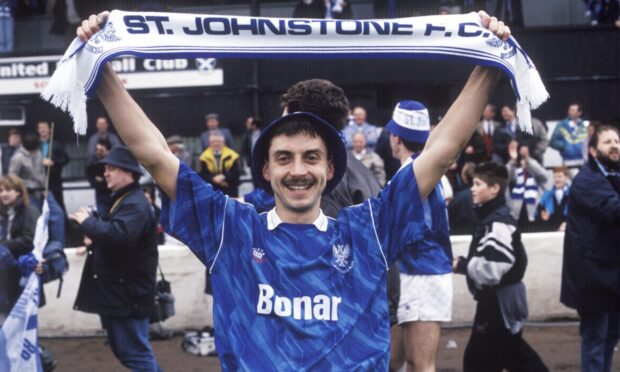Dundee’s Palace Theatre experienced far greater drama than anything put on stage on October 11 1977 when the building went up in smoke.
Generations of Dundonians mourned its passing when the end came.
Had it survived, the old Palace might by now have been declared a listed building.
Many people still remember the theatre with great affection.
Memories of the theatre’s biggest stars
Out of the smouldering ruins came memories of the greats who played there including Marie Lloyd, Harry Lauder, Jimmy Logan, Jack Radcliffe and Andy Stewart.
Other unmissable Scots performers who paraded on the stage were comics Tommy Morgan, Lex McLean and Walter Carr, and singer Dennis Clancy.
Opened in 1893 in the Nethergate behind the Queen’s Hotel as the People’s Palace, it was the first building in Dundee to screen moving pictures in July 1896.
The site was previously occupied by a circus.
The Palace stalls and galleries seated 2,500 people and became a full-time cinema known as the Savoy until 1938 when it was bought by ex-Bailie James Lockhart.
Lockhart, a former director and shareholder of the King’s Theatre, ended the films, and reintroduced variety and live entertainment under the name of the Palace Theatre.
The theatre had a variety and a drama licence and, before the war intervened, popular weeks included jazz and dance bands led by the likes of Henry Hall and Harry Roy.
A dapper little man named Leo Lion became manager and kept an iron grip on the shows before business waned and the Palace closed in the summer of 1939.
But by September it was back in business and the war helped it remain in good health.
The big-time comic on the wartime Palace bill was Sid Field who was dubbed “possibly the best comedian of them all” by Bob Hope and paid £300 for his week’s appearance.
Lofty the Dutch Giant was the top billing star of ‘Would You Believe It?’ and regularly topped the bill at the Palace and was partnered by the world’s smallest man.
Lofty was paid a very high salary but arranging travel was costly as he required special railway carriages and his sleeping accommodation was also difficult.
As a general rule, two beds were placed end to end, but sometimes he would find it necessary to let his feet dangle out of the bedroom window.
Lofty and Seppetoni were performers from the shows of the Collins Variety Agency which became the Scots version of PT Barnum and his Greatest Show On Earth.
In the 1950s the Palace was a twice-nightly variety theatre “where the best people see the best shows”, according to one of the programmes.
As an aspiring young actor in the 1960s, Brian Cox spent a period working for showbiz impresario Ronnie Coburn when he had a spell managing the Palace.
Singer Ian Lees also worked at the Palace as Ronnie’s spotlight operator before going on to become a professional performer and broadcaster in his own right.
Ian credited Ronnie as one of the biggest influences on his showbiz career.
In 1965 an Aberdeen consortium led by Calum Kennedy took over and renamed the Palace as Dundee’s Theatre Royal but the refurbishment and costs exceeded income.
The singing duo The Alexander Brothers and general manager George Clarkson took over for six years until 1971 when the theatre became a bingo hall.
When the Palace Theatre became a roaring furnace
The old Palace closed in the mid-1970s.
Dundee lost a rare commodity when it vanished.
Then disaster struck on the morning of October 11 1977.
Sparks and glowing cinders soared into the sky as it was reduced to smouldering ruins.
It was shortly before 2am when the alarm was raised.
Within minutes the theatre was a furnace and smoke poured from every window.
Firefighters arrived to find the building well alight with flames as high as 100 feet visible from as far away as Broughty Ferry and across the River Tay.
So intense was the heat there was a danger that the flames would spread to the Queen’s Hotel where guests and staff were evacuated as firefighters tackled the blaze.
A total of nine fire appliances and 50 firefighters were scrambled to the Nethergate where the huge blaze was eventually brought under control after three hours.
The Courier reported: “Investigations by police and fire brigade officials began in Dundee yesterday into the early morning fire which gutted the old Palace Theatre.
“So extensive was the fire that it wasn’t until yesterday afternoon, more than 12 hours after the alarm was raised, that the last contingent of firemen finally returned to base.
“They had spent most of the day scouring the charred and smoke-blackened remains of the building, dousing still-smouldering embers.
“In the morning, officials from Dundee District Council Engineers Department carried out a survey at the scene. Representatives from Hydro-Electric Board were also present.
“The Palace Theatre has been closed for many years and there is a possibility that what is left of the building may now have to be demolished for safety reasons.”
They were right.
The burnt-out shell of the theatre remained in situ before the bulldozers moved in.
It was gone forever but not forgotten.
The heyday of the Palace was celebrated in 1998 by the late Ronnie Coburn.
The Dundee entertainer – known for his Breath of Scotland touring shows – presented a two-houses show at the Bonar Hall in 1998 called Doon The Palace Brae.
But was there a resident ghost haunting the Palace back in the day?
“One night I was working away in the office, just a little off-stage, when the theatre piano began to play,” he said.
“Suddenly aware of the hair standing on the back of my neck, I made my way cautiously onto the stage.
“Not a soul in sight, nothing dragging or swinging around that could possibly have touched the keys. A mouse running over the keyboard?
“It’s all I could come up with – the alternatives were too scary.”
No trace of the old theatre remains except the ghosts of performance past.
